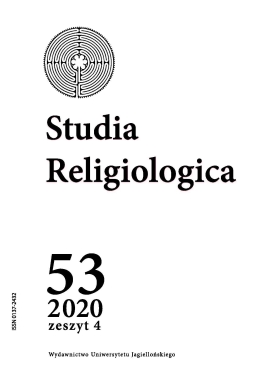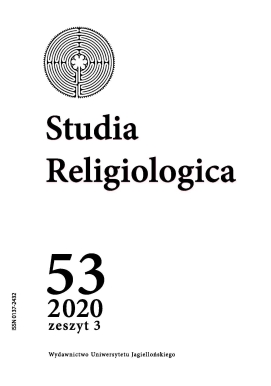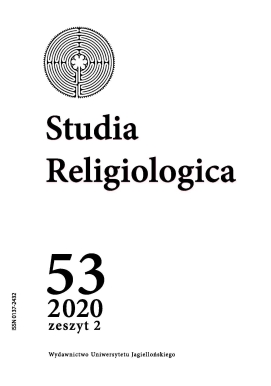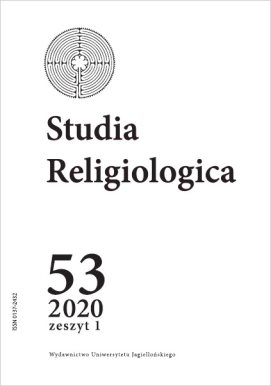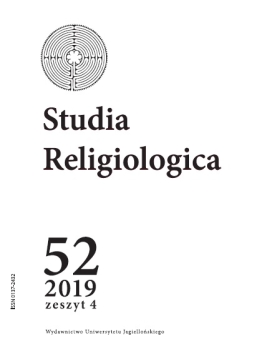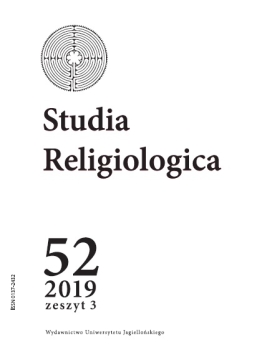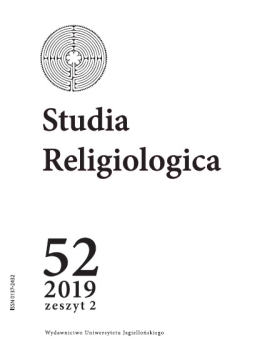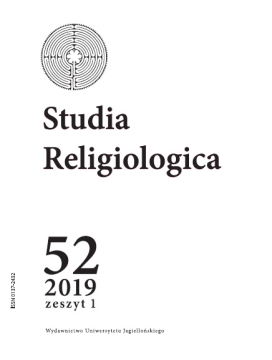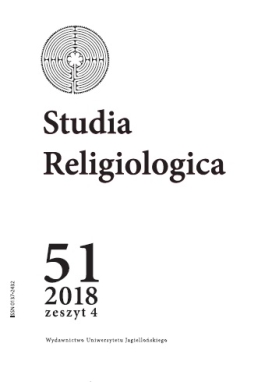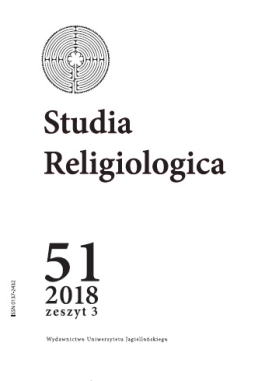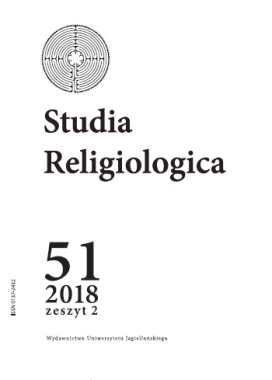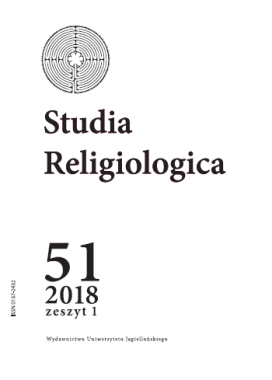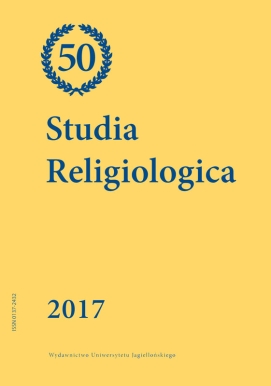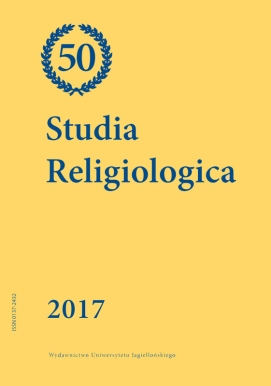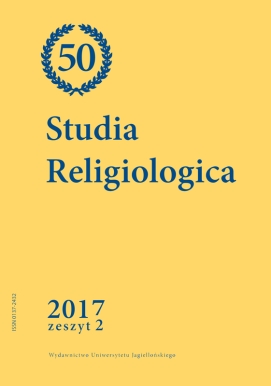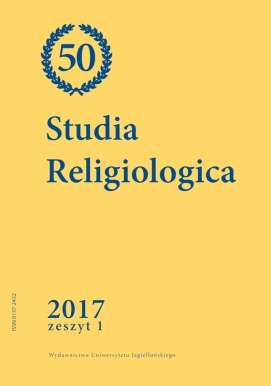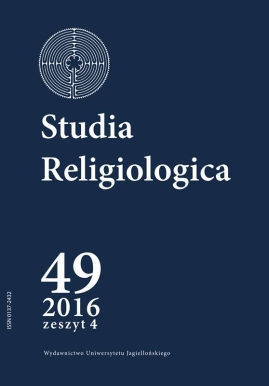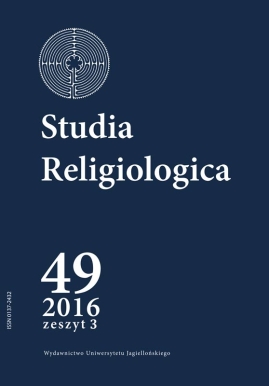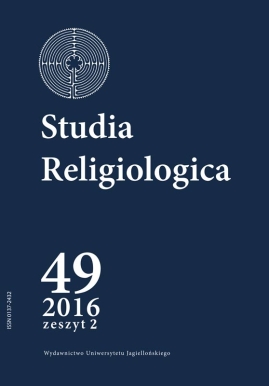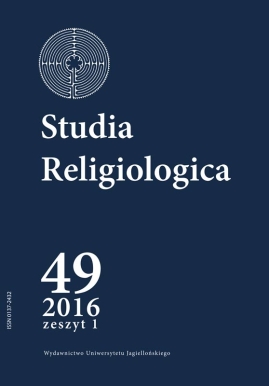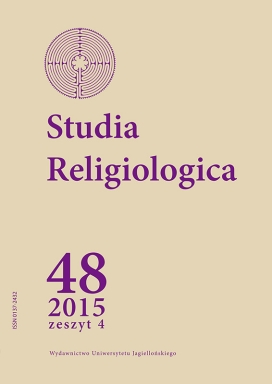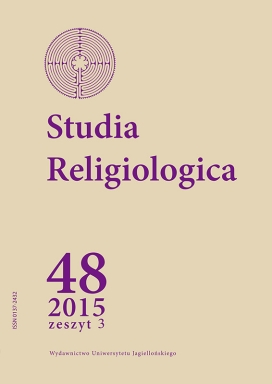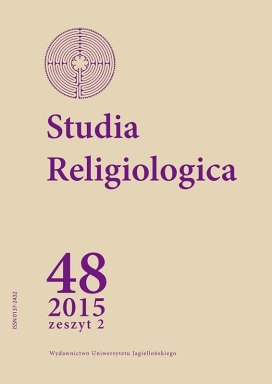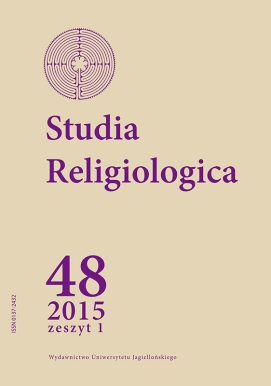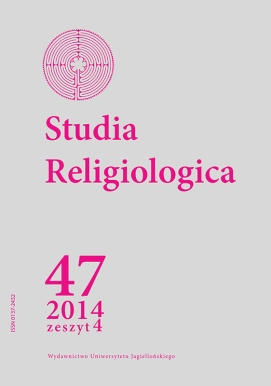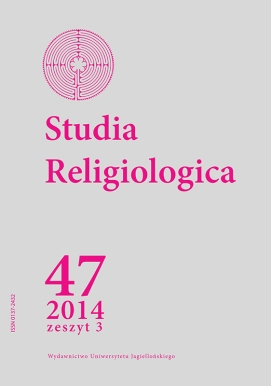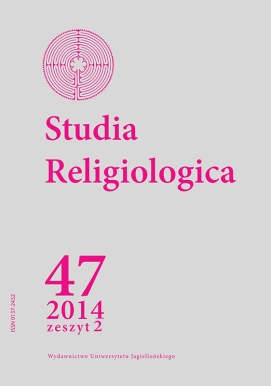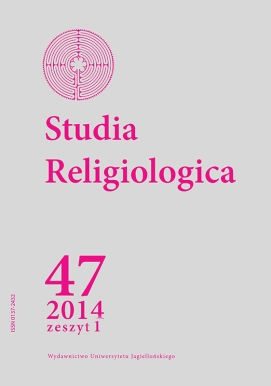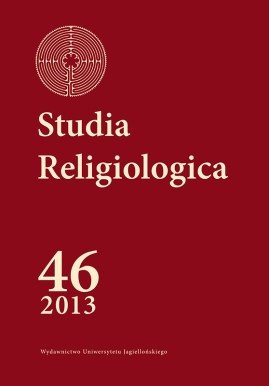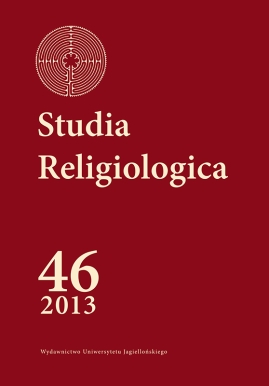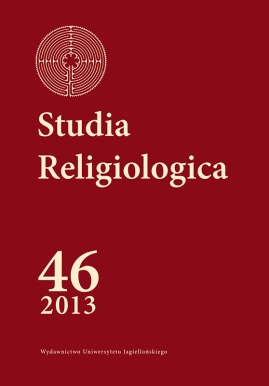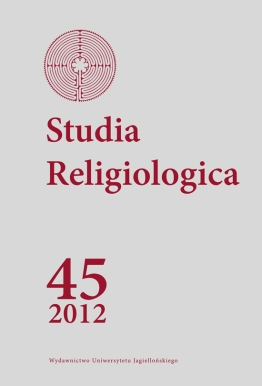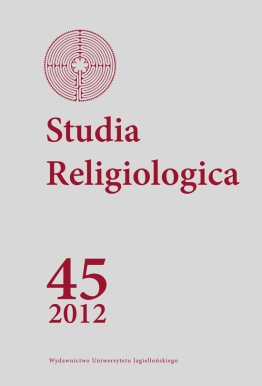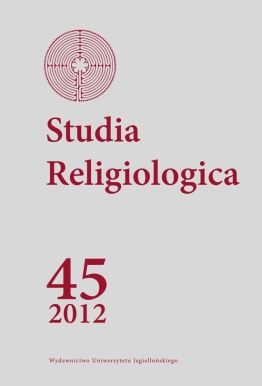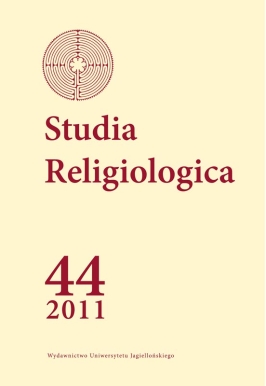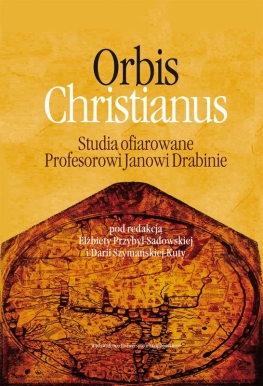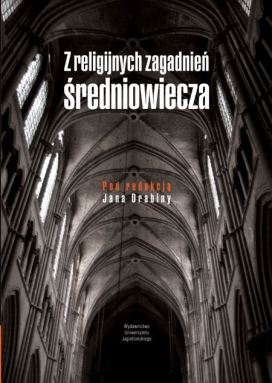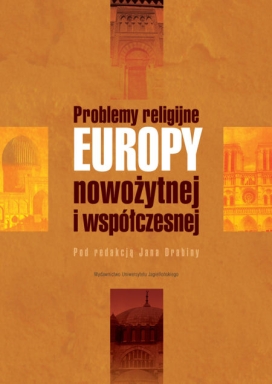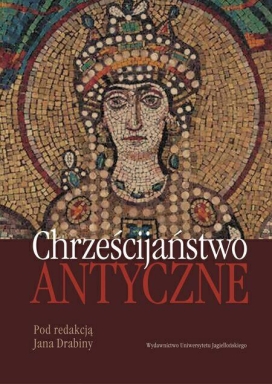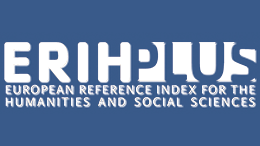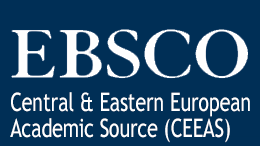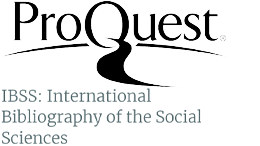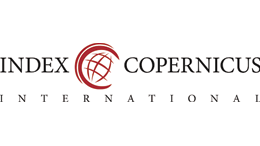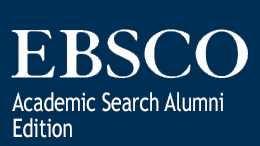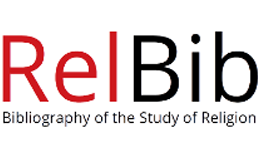Shattered Pots Following Deconstruction: Contemporary Anthropological Theories of Religion
The aim of the article is an attempt to answer the question whether under the influence of changes in the very subject-matter of anthropological research (a shift from traditional religions to great traditions perceived in different scales), there occurred any changes in the approach to religion and what consequences this could have had on the general religious reflection. The main effect of this convergence of the subject-matter of research is the superposition of anthropology of religion on religious studies, which is visible particularly in the methodological reflection: the bulk of the discourse concerning the methodology of religious studies is taking place within and on the circumference of anthropology. In view of the division within religious studies, into essential trends which treat religion as a phenomenon sui generis and particular trends which explore each religion as a separate phenomenon, the first problem that seems to confront scholars is the very definition of religion; the second one is to do with establishing a suitable comparative methodology. Anthropologists tend to define religion in terms of the Wittgenstein concept of „family resemblance”, and consequently, they look for instruments that would make it possible for them to carry our comparative studies; in doing so, they create holistic theories of religion. Reductionist theories, such as Stewart Guthrie’s neoanimism and memetics, are on the one hand burdened with ideological anti-religious assumptions, and on the other, they treat religion too narrowly, without taking advantage of the principle of „family resemblance”; that is why, their conclusions do not have a universal character, in spite of the fact that they assume to have it. The more extended cognitive theories (Pascal Boyer, Scott Atran) operate on a wider spectrum of religiogenous factors, beginning with semiotic and ending with neurological ones; what is problematic in them is the transition from the level of individual to social experience which is worked out within biogenetic structuralism or ritual studies. The evolution which has taken place within the ecology of religion, from the determinist conceptions of Steward or Harris, through cultural ecology of the early Rappaport and Vayda, to the uniform conception of working out comparative religious studies on the basis the ecology of Hultkranz, turned it into a promising, though limited research tool. An important attempt aimed at recognizing the relation between the ecosystem and man’s cultural activity, is Rappaport’s most recent proposition which leads to attributing a religious function to ecosystems. Rappaport’s theory of religion has a synthetic character combining within it the achievements of cultural ecology, ritualistic studies and semiological research.
The fruit of the discourse on Eliade’s legacy in religious studies, within the „hermeneutics of suspiciousness” proposed by Jonathan Smith, was turning attention to the empirical verification of such universal assumptions as sacrum, uranic hierophany, deus otiosus, or center. On the basis of the criti cism of the morphology of sacrum, Smith suggests mapping as a fundamental research technique. On the other hand, American neo-comparatists (Smith, Lawrence Sullivan, Sam Gill, Bruce Lincoln) suggest focusing on the meaning of religious ideas, associated with human orientation in time and space, which creates religious symbols. As an exemplification of the hermeneutics of suspiciousness, Sam Gill suggests a method of tracing successive interpretations, that is storytracking. In turn Lawrence Sullivan proposes a return to the assumptions of the typological-cognitive school. Yet another attempt to create a theory of religion based on essentialist principles, is the conception of the sacred self which is present in the research on the ego, soul, magic and the conception of the person among the Papuans (Gilbert Herdt, Michele Stephen, Fitz Poole, Jane C. Goodale) or on T. Csordas’ charismatic movements. The above conception found its fullest expression in the theory of Jacob Pandian. The essentialist attitude assuming an unchangeable nucleus of religion, is recognized to be closely associated with the phenomenology of religion and consequently with the comparative method, perceived here as its synonym. Yet in point of fact, comparative methods are „quite neutral from the point of view of the world-view”. Within the anthropology of religion, scholars rely most frequently on comparative methodology, worked out by biological sciences, which does not seem to be the best solution, due to the „family” and not „species”-based character of religion. Consequently, textbooks which describe this method of research usually contain more reservations than positive conclusions. The post-modernist critique of the classics, based on negative interpretation, usually contributes to sharpening the methodological sensitivity, yet it also leads to the phenomenon of too hasty and premature condemnation of everything that has arisen up till now. Reverting to the big questions which troubled scholars of religion from the very birth of this discipline of knowledge, the anthropologists of religion, relying on the cultural relativism, are critical of the achievements of their own discipline and in a sense, oppose the hypotheses concerning the impossibility to construct big narrations, in the sense of holistic theories of religion.
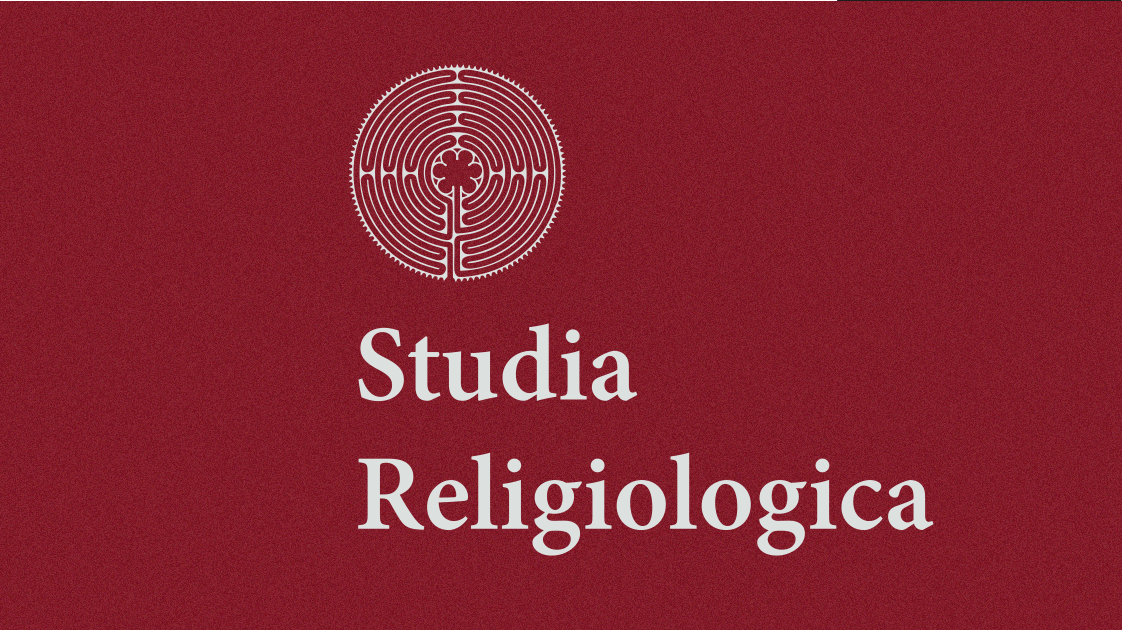
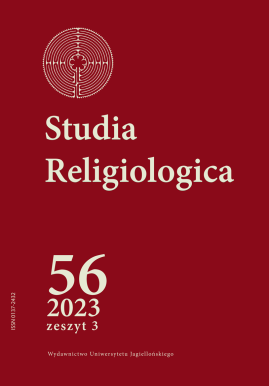
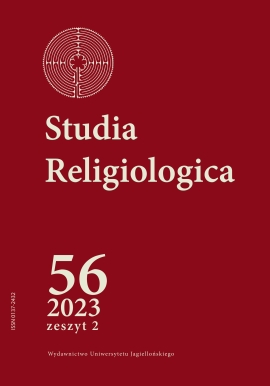
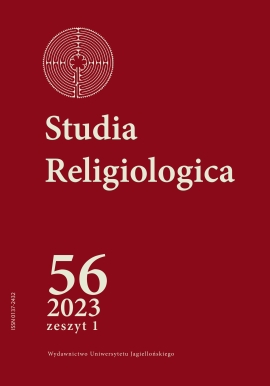
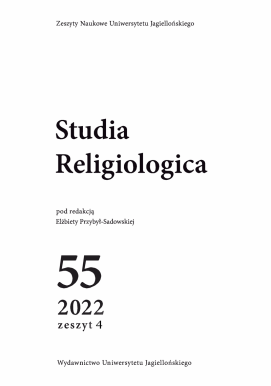
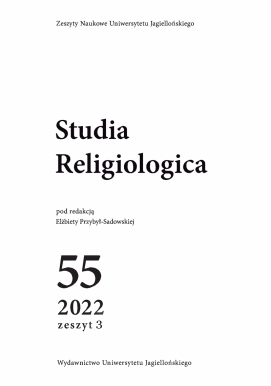
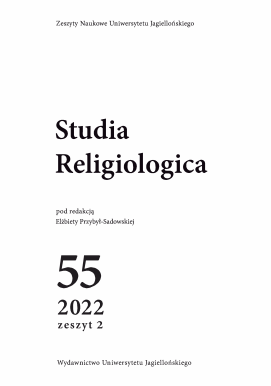
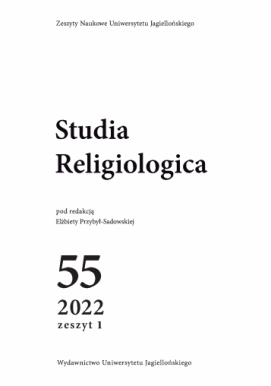
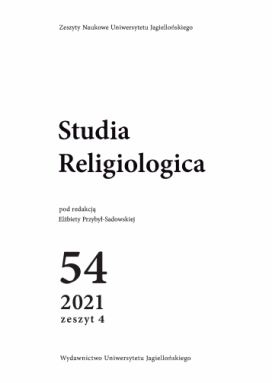
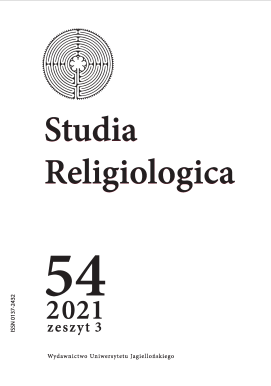
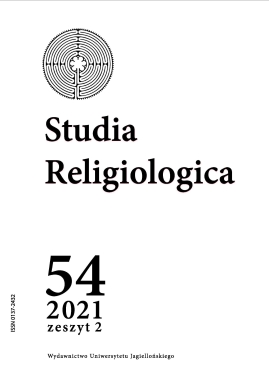
.jpg)
